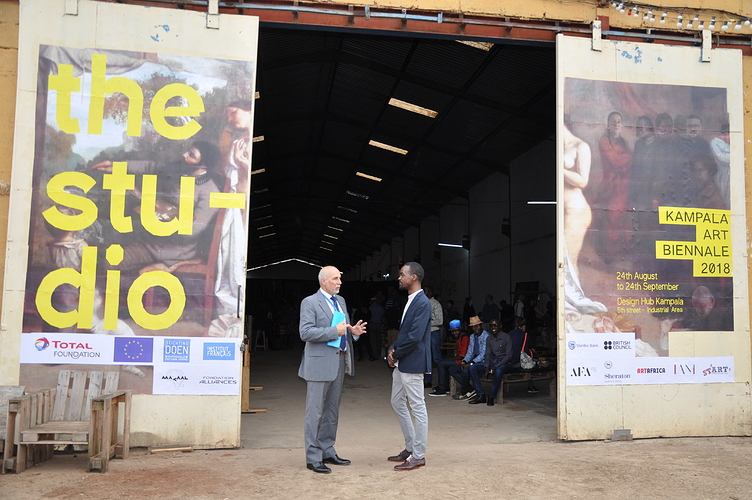In the Ugandan magazine The Independent, critic Dominic Muwanguzi reflects on the controversy that erupted after the 2018 Kampala Art Biennale (KAB18), when local artists accused the curator, Simon Njami, of privileging African artists who live abroad over those who live domestically. Muwanguzi suggests that this is indicative of the complex and sometimes fraught dynamic between curators and artists today. He also argues that artists in Africa have a different conception of the curator’s role than artsits elsewhere. Here’s an excerpt:
In the context of the KAB18, Njami, proposed a master/ apprentice model as a way of making the biennale locally sustainable through inviting government support. He, however, proposed masters who live in the west, even if they are from the African continent. Local artists rejected that. Why couldn’t Njami appreciate any artwork of the “local masters” like Sanaa Gateja, Francis Nagenda or Joseph Ntensibe for the exhibition?
They accused Njami of arrogance for saying Uganda, the venue for the biennale, has no masters. Many recalled that Njami had, a few years back, controversially announced that there’s no art in Uganda! He even selected a foreign painting, `The Painter’s Studio’ by Gustave Courbet, for the festival poster. That reinforced the tradition of the studio where master and apprentice reside. This time he totally rejected the idea of any good art produced in Uganda.
Image of 2018 Kampala Art Biennale via eeas.europa.eu.
